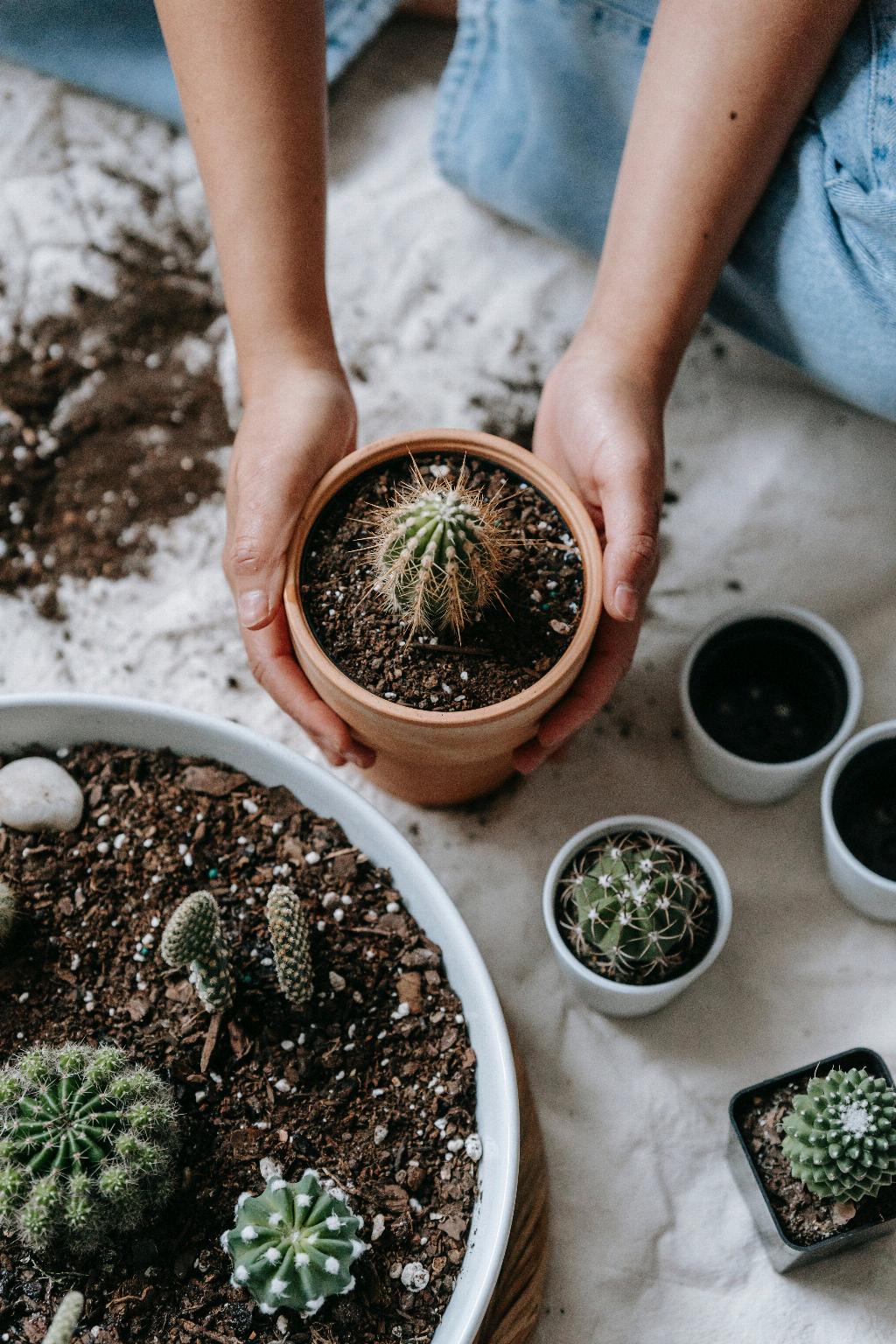When it comes to ensuring the health and vibrancy of your indoor cactus, there are several key factors to keep in mind. Cacti are unique plants that require specific conditions to thrive, and by following some simple guidelines, you can enjoy a beautiful and resilient cactus in your home.
1. Choosing the Right Pot and Soil
Start by selecting a pot with good drainage to prevent water from accumulating at the roots. Use a well-draining cactus soil mix that allows excess moisture to escape, helping to prevent root rot and other moisture-related issues.
2. Providing Adequate Sunlight
Cacti are sun-loving plants, so be sure to place your indoor cactus in a location where it can receive plenty of bright, indirect sunlight. A south-facing window is ideal, but east or west-facing windows can also work well.
3. Watering Your Cactus Properly
One of the most crucial aspects of cactus care is proper watering. Allow the soil to dry out completely between waterings, and then water deeply, ensuring that excess water drains out of the bottom of the pot. In general, cacti prefer to be underwatered rather than overwatered.
4. Monitoring Humidity Levels
Indoor cacti thrive in low-humidity environments, so avoid placing them near humidifiers or in areas with excess moisture. If you live in a humid climate, consider using a dehumidifier to create a more suitable environment for your cactus.
5. Temperature Considerations
Cacti prefer warm temperatures during the day and slightly cooler temperatures at night. Aim to keep your indoor cactus in an environment where the temperature remains between 60-80°F (15-27°C) during the day and doesn’t drop below 50°F (10°C) at night.
6. Fertilizing Your Cactus
While cacti are low-maintenance plants, they can benefit from occasional fertilization during the growing season. Use a balanced cactus fertilizer diluted to half strength every 4-6 weeks to provide essential nutrients for healthy growth.
7. Repotting When Necessary
As your cactus grows, monitor its root system to determine if it has outgrown its current pot. Repot your cactus every 2-3 years or when you notice that its roots are crowding the pot. Choose a slightly larger container with good drainage for optimal growth.
8. Pruning and Maintenance
Regularly inspect your cactus for any signs of pests or disease, and prune away any dead or damaged growth to promote healthy new growth. Use sharp, clean scissors or pruning shears to make clean cuts and prevent the spread of infection.
9. Dealing with Common Issues
If you notice your cactus developing yellow or mushy spots, it may be a sign of overwatering. Adjust your watering schedule and allow the soil to dry out completely before watering again. Pests like mealybugs or spider mites can also be a concern—treat infestations promptly with neem oil or insecticidal soap.
10. Seasonal Changes and Dormancy
During the winter months, many cacti enter a period of dormancy and require less frequent watering. Adjust your care routine accordingly, watering sparingly and protecting your cactus from cold drafts to ensure its health during this dormant phase.
11. Enjoying the Beauty of Your Indoor Cactus
With proper care and attention, your indoor cactus can be a striking and resilient addition to your home décor. Take time to appreciate the unique shapes, colors, and textures of your cactus, and enjoy the sense of tranquility and natural beauty it brings to your living space.
12. Conclusion
By following these guidelines for caring for your indoor cactus, you can create an optimal environment for your plant to thrive and flourish. Remember that each cactus is unique, so pay attention to its individual needs and adjust your care routine as necessary to ensure a long and healthy life for your prickly companion.

